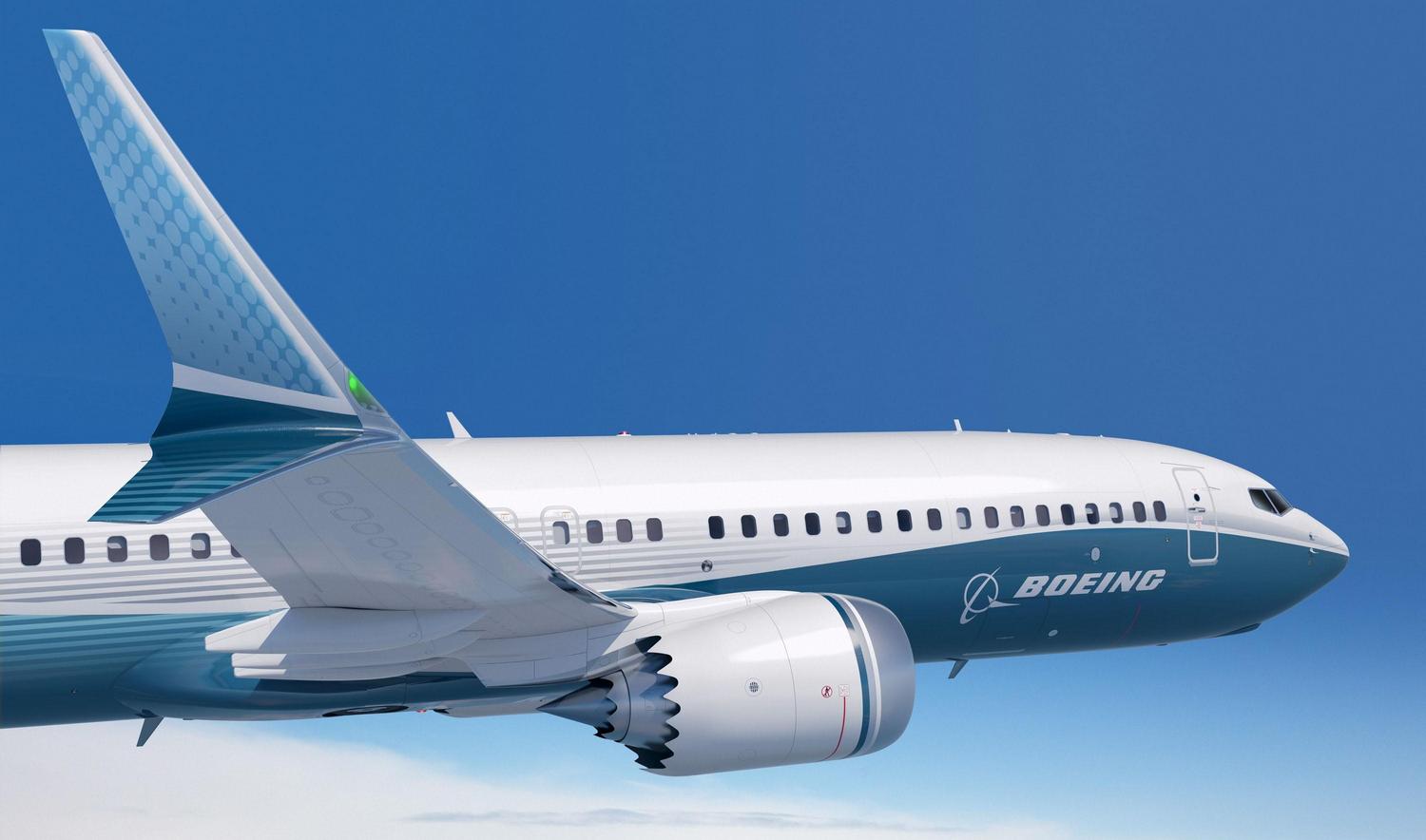Why is the plane fitted with glider wings (Winglet)?
Have you ever looked out the window of an airplane or watched when it moved on the runway? Have you ever wondered why some planes have bent parts at the end of each wing?
What you see is the winglet , in other words the glider that has so far become the standard equipment for most popular new-style aircraft.
Why does the plane have Winglet wings?
When sharing with Business Insider , Robert Gregg - Head of Boein g's aerodynamics department, "Winglet will help reduce the swirling air flow at the top of the wing to increase lift".

Glider of the plane
This is a technical answer. However, Gregg also added that the reason behind the winglet's appearance is much easier to understand.
Winglet allows wings to create lift more efficiently, which means that aircraft will need less fuel from the engine, reduce CO2 emissions and save costs for the aviation industry.
Boeing has stated that the glider installed on 757 and 767 planes has contributed to improving fuel consumption by about 5% and reducing CO2 emissions by up to 5%. Another airline company installing the winglet for the fleet of 58 Boeing 767 aircraft is expected to save about 500,000 gallons of fuel per year, equivalent to about 1,892,700 liters.
Winglet will help ease the effects of Induced Drag. When an airplane is flying, the air pressure above each wing will be lower than at the bottom, creating a pressure difference. Near the wings (bends), the high pressure air below the wing will be pushed towards the low pressure area (above) to create a vortex. These vortices move in three dimensions along the wingspan. They not only push the air up and through the wing, but also pull the airflow back to create drag.
With the introduction of glider wings, the aircraft could weaken the effects of wingtip vortice and, more importantly, reduce drag on the entire wing.

Operation mechanism of Winglet glider
Resistance can also be limited by creating a large wingspan. In fact, the general rule is that the longer the wingspan, the lower the resistance, Gregg said.
However, in many cases, aircraft manufacturers simply do not want to choose to create long wings. For example, narrow body planes such as the Boeing 737 and 757 often take off at airports of the airport designed for domestic flights with short to medium routes. Because these flights often require aircraft with small storage compartments, the design of long wings is not convenient. Therefore, the wingspan is perfectly limited by the aircraft parking space allocated to each vehicle at the gate.
Therefore, instead of increasing the length of the wingspan by creating long wings, Boeing used glider wings.
In some cases, Winglet's wings are not necessary because there are no barriers in space. For example, the very famous wide body plane Boeing 777 does not have a winglet. According to Gregg, that's because the Boeing 777 operates at international airports designed for large-sized Jumbo Jet aircraft. Therefore, Boeing realized that the aircraft could operate at maximum capacity without the need for additional gliding wings.

A Boeing 777 without Winglet
Since being first invented by Richard Whitcomb at NASA's Langley Research Center in 1976, aircraft manufacturers have gradually improved both the design and effectiveness of the winglet.
According to Greeg, the first generation glider is usually attached to aircraft such as Boeing 747 - 400 and McDonnell Douglas MD11 which contributes to a 2.5% reduction - 3% of burning fuel in comparison with aircraft Equipped with winglet.
The second generation winglets equipped for Boeing 737, 757 and 767 are larger than the first generation with larger curvature, which is capable of saving 4% to 6% fuel.
Boeing's 737 Max is equipped with a third-generation winglet with 1 to 2% more fuel economy than the second generation.
- People fly successfully with artificial wings
- How can the plane fly in the sky?
- Fly to the edge of the universe without the engine
- What does the black triangle symbol on the plane mean?
- Mantis
- Items that can save passengers' lives
- The probability of an aircraft having an accident is 0.00001%
- The octopus and sea eels turn to attack divers
- Japan hopes to break world record for roller coaster ride
- What are the wings of dinosaurs used for?
- Video: Answer the biggest mystery about the toilet on the plane
- What will an airplane look like when it comes to a
 'Fine laughs' - Scary and painful torture in ancient times
'Fine laughs' - Scary and painful torture in ancient times The sequence of numbers 142857 of the Egyptian pyramids is known as the strangest number in the world - Why?
The sequence of numbers 142857 of the Egyptian pyramids is known as the strangest number in the world - Why? History of the iron
History of the iron What is alum?
What is alum?